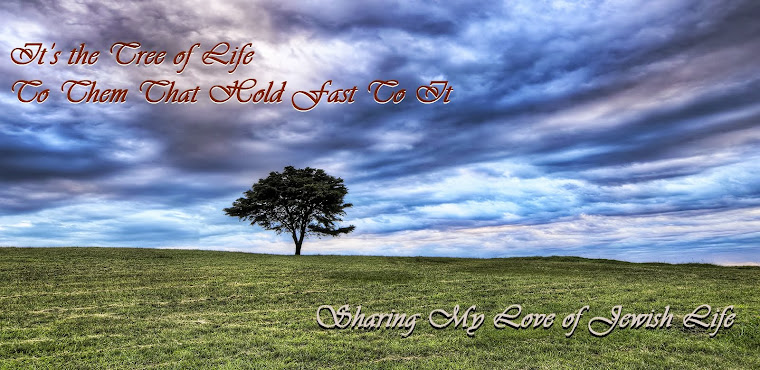A beautiful, new set of freshly toiveld silverware sparkles in my hand as I gently dry it in preparation for the upcoming holiday. I smile, humming as I work because I feel happy that my Yom Tov table will look so pretty. Suddenly I start to wonder about redemption and Moshiach and what my joy in my pretty Amazon purchase bodes for my attitude toward redemption. Am I too attached to my home and my possessions? If Moshiach came now and this Pesach we celebrated the true call of redemption, would I be happy to, or even capable of, picking up and leaving?
Don’t get me wrong. It’s a bracha and an honor to be able to make a beautiful Yom Tov. We use the material to elevate us as we focus on the spiritual. The Torah doesn’t promote ascetisism. It’s okay to own and enjoy nice things, and it is even encouraged to fulfill mitzvos in the most beautiful way.
In an interesting way, we even see this in the roots of Pesach. During the ninth plague, Hashem made certain that we had the nice things. The plague of darkness provided Bnei Yisrael with the opportunity to discover the gold and silver that they would later request from the Egyptians, payment for the years of servitude. They later used that gold and silver, each person of their own desire, to build the mishkan.
It is noteworthy to think about the wealth they acquired. It was both payment and fulfilment. Payment, as in compensation for the generations during which the people were enslaved, and thus could be seen as something earned. Fulfilment, as in Hashem promised Avraham that his descendants would come out of the land of oppression with great wealth – a promise fulfilled; but also fulfillment, as in Hashem gives each person exactly what he or she is supposed to have.
So if Hashem gives each person exactly what they need, does that mean I might need new crystal for my Seder table? Maybe…but then it means it is there for a reason, and I should gain something spiritual from it.
The spiritual and material are inherently connected, and this week’s parsha, Parshas Metzora, makes that point in a particularly fascinating way. The parsha talks about the possibility of tzaraas transferring onto one’s possessions. It’s a very difficult-to-understand concept. In this day and age, unless something is designated as a religious object, we don’t think of the possibility of an inanimate object having spiritual modulation.
Our material possessions, however, are connected to us just as much as we are connected to them. My possessions can reflect a spiritual downturn, as in the case of tzaraas, or they can reflect elevation, as when used for a mitzvah. The question, as with many things, comes down to bechira, free will. If I use my wealth to do mitzvot as beautifully as possible, that underlines spiritual growth. If I use my wealth to build myself up to become either arrogant or, on the other hand, my attachment to materialism makes me jealous or avaricious, then that demonstrates a lack of growth.
There is an interesting Midrash (Vayikrah Rabbah 17:6, cited by Rashi on Vayikra 14:34) that explains that quite often the destruction of a house and possessions because of tzaraas led to the discovery of treasure hidden behind the walls (left by the Amorites, according to the Midrash). Hashem’s aim is not poverty and punishment. Hashem’s aim is to help us draw closer to Him. In the fall, we celebrate Sukkot by leaving our homes and moving into “huts,” which demonstrates our faith that Hashem is truly in control. On some level, we leave behind our physical and material security. Right now, however, we are about to celebrate Pesach, to celebrate redemption from slavery, and we do so with a lavish and luxurious seuda in which we are taught to recline like royalty and drink rich wine – we surround ourselves with a physical glory in order to honor what Hashem did for us.
In preparing our magnificent seder tables – or while perusing those over-the-top magazine images of the perfect seder table – we are presented with the empowering challenge of being clear in our intentions. These sparkling new knives bring me joy because they will enhance my Yom Tov, not because they will enhance me, and if – no, and when, Moshiach knocks at my door, I could, if required, walk away from it all.
As we enter this auspicious time, I wish you all a gut Shabbas and the ability to focus on what really matters in this world, and I pray that Hashem will send a speedy redemption for those still held by Hamas and for our entire nation from this dire threat.
